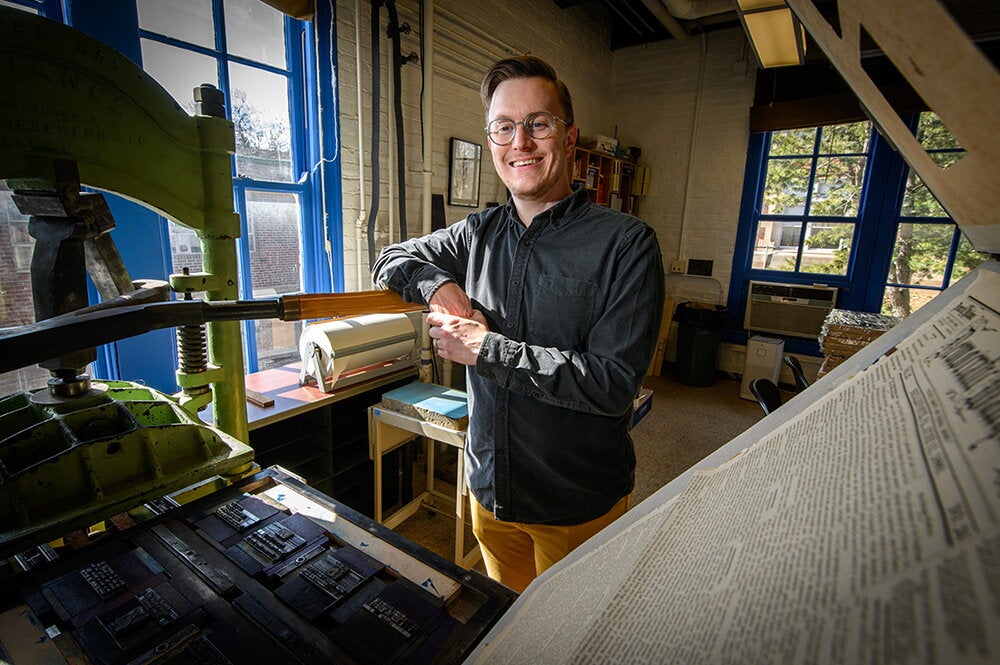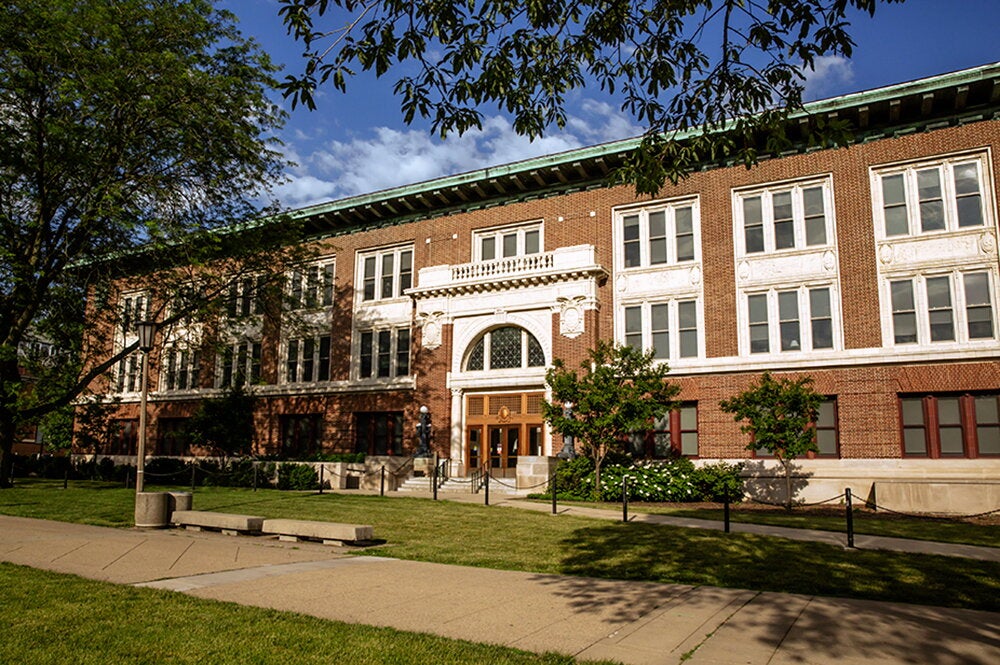

Justine Murison, professor of English, researches and teaches 19th century American literature. She’s fascinated by what she calls "the meeting place of the material and the immaterial: the boundaries between, for instance, psychological emotion and physiological response, spiritual striving and bodily care, and imaginative reading and social consequences."
“My method is interdisciplinary, combining historical research with an unwavering dedication to discovering the nuances and textures of literary style and the history of literary genres,” she said.
Murison answered questions for this LAS Experts profile.
What are you working on now?
I just published a new book, “Faith in Exposure: Privacy and Secularism in the Nineteenth-Century United States” (University of Pennsylvania Press, 2023). The research for the book was driven by an observation prompted by contemporary law. Recent legal history in the United States reveals a hardening tendency to treat religious freedom and sexual and reproductive freedom as competing, even opposing, claims on public life. They are united, though, by the fact that both are rooted in American culture’s understanding of privacy. “Faith in Exposure” finds the roots of those contradictions in the 19th century, and it tells two interlocking stories.
The first story examines the legal and cultural connection of religion with the private sphere, showing how privacy became a moral concept that informs how we debate the right to be shielded from state interference, as well as who will be afforded or denied this protection. This conflation of religion with privacy gave rise to a culture invested in authenticity and the exposure of hypocrisy in others. The second story examines the development of this culture of privacy through 19th-century novels. The preoccupation of the novel form with private life, and especially its narrativizing of revelations of private desire and sexual secrets, made it the perfect vehicle for suggesting that exposures of the self might be synonymous with morality.
The book project I am turning to now, “American Obscenity: Realism in the Age of Comstock,” extends research in the final chapter of that previous book, which examined the exposure of Henry Ward Beecher’s extramarital affair by Free Love and women’s rights advocate Victoria Woodhull. The ensuing scandal led to the Beecher-Tilton trial for criminal conversation and to Woodhull’s arrest (and subsequent release) in 1873 for the distribution of obscenity. Anthony Comstock, who led the crusade against Woodhull, was outraged at her release and campaigned in Washington for a federal obscenity law, which culminated in the first federal obscenity law in the United States in 1873. What became immediately apparent to me in that research was twofold: first, there is a need to theorize, from the perspective of genre theory and literary history, the influence of these new obscenity laws on literary history; and, second, the importance of understanding reproductive information as having once been legally and culturally categorized as obscene, and the lasting impact of that for reproductive rights from the late 19th century to our post-Roe era.
Please describe your teaching.
Students and I strive together to understand how our own world and our present crises were shaped historically and aesthetically. Aesthetic questions—the form of a poem, for instance, or the genre of a novel—allow students to see that meaning is not generated simply by “content”— the words themselves—but also from the form through which we encounter those words and the circulation of those texts, both in the moment of their immediate publication and in the long history of their reception (or lack of reception!) since.
One of my favorite courses to teach is English 255: Early American Literature and Culture. This introduces students to a long story of American literature, from European colonization in the 15th and 16th centuries to the American Civil War. From Puritan poems and revolutionary era seduction novels to the famed writers of the “American Renaissance,” including Thoreau, Hawthorne, and Whitman, students gain from their reading a sense of the rhythms and textures of speech and writing across this time span, and how those have changed over time. Such a historical sweep demands that we pause over the words these writers crafted. Thus, my lectures always work to offer a big picture—where the text fits into American history—while at the same time focusing in on the words on the page. We linger, for instance, on Phillis Wheatley’s powerful use of a caesura—punctuation in the middle of a line of poetry that causes the reader to pause—when imagining the emotions her parents felt when they discovered she was kidnapped into slavery in her poem on the American Revolution. In doing so, I help students appreciate not only the craft of her poetry but also the way literature speaks, and has always spoken, to urgent political issues, even on the smallest of registers like the use of a period in a poetic line.
What is your proudest achievement?
I am so proud to have been commissioned to edit the Norton Library’s edition of Nathaniel Hawthorne’s “The Scarlet Letter.” The goal of these new Norton Library editions is to introduce these texts to a new generation of students and general readers, and to provide well-edited and affordable editions for the classroom. I adore this novel, but I know students often approach it with quite a bit of trepidation, thinking it will be a boring tale about Puritans! I generally have great success when I teach “The Scarlet Letter,” and that’s in part because I try to bring to life the weirdness of the novel, the fun of Hawthorne’s catty narrator, and the truly revolutionary politics with which the novel engages. I’m thrilled that my approach to this classic novel will be available to a wider audience.


